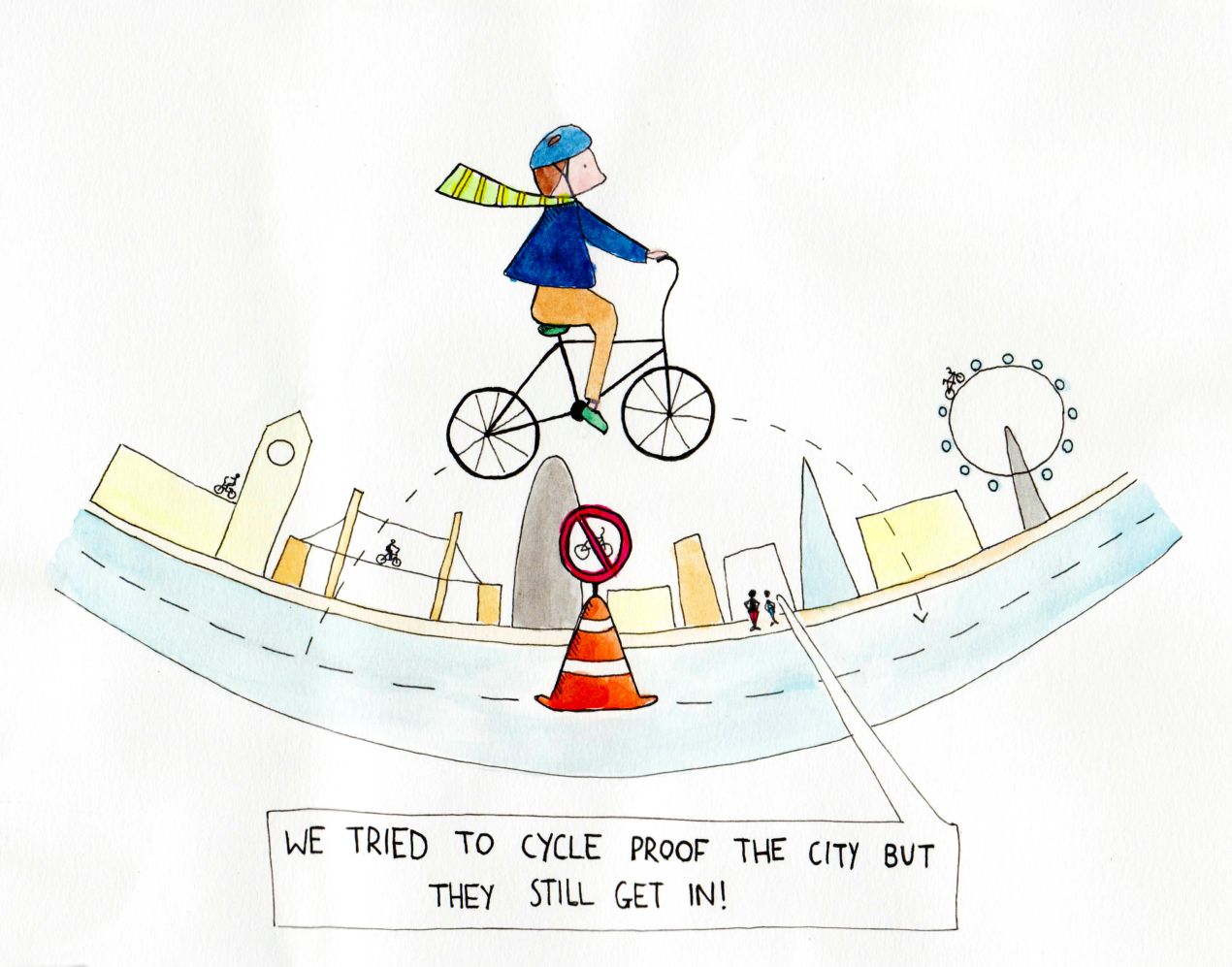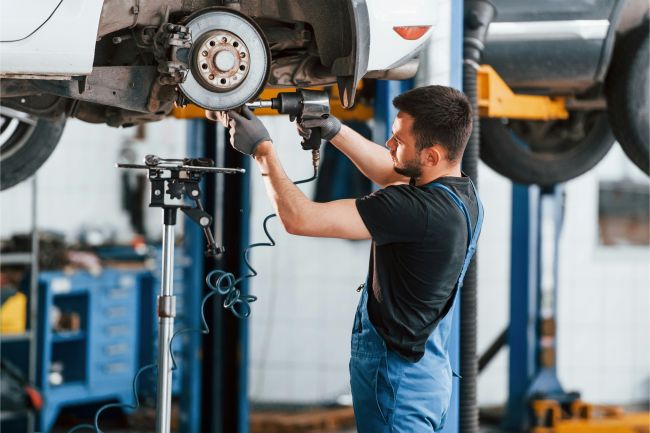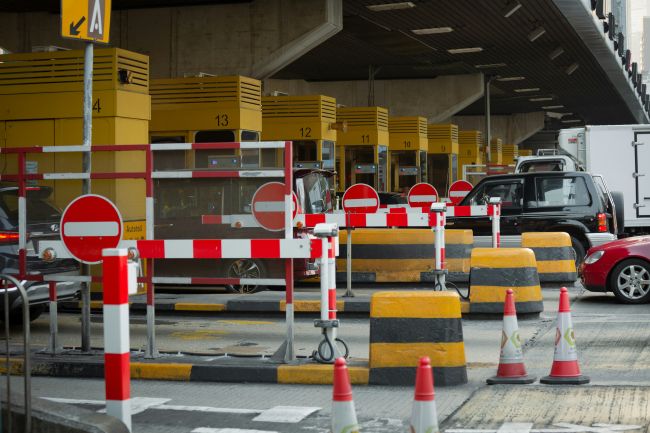Cycle proofing...or cycle proving?
'Cycle proofing' is term that has been growing in use, but what does it mean, and have we got the wrong word?
The Cycling Delivery Plan published last week for consultation by the Department for Transport contains 13 mentions of ‘cycle proofing’ a term that has been growing in use, but what does it mean, and have we got the wrong word? Should we be proving that we can create infrastructure that invites cyclists into the transport network?
Arguably we cycle proofed most of our towns and cities from the 1960s onwards with successive land use and transport policies. These in turn made most of the road network appear too hazardous for most people to cycle and placed out-of-town shopping and business centres too far away.
Proving is a better description of what we need to do. Creating the favourable conditions for cycling to rise is much the same as proving bread. Learning to make bread and cycle routes needs a new set of skills, and practice, as well as a continual flow of the right ingredients - for cycle ways this is schemes and funding. In the absence of a dedicated infrastructure fund for cycling we can at least make sure that all new transport schemes are cycle proved.
In the two most recent cycle proving schemes I’ve worked on, our team was able to show, at an early business case stage, that multi million pound benefits can be added to a bus and a tram scheme for modest changes in the design. Cycling is really useful in boosting the cost benefit analysis and it is to the mutual benefit, rather than being perceived as an additional construction cost far later when it is discovered that they have inadvertently been designed out or to old standards. By the time major schemes are built, much of today’s cycle infrastructure will be outdated and a crucial element of cycle proving is ensuring the longevity of design, this is one of the tasks ascribed to the cycle proving working group. This requires an understanding of lane widths, segregation and emerging standards, but at business case stage this is relatively easy to do as it only deals with indicative design.
Cycle proving new schemes is not simply considering an end-to-end route treatment as this may not be a journey that many cyclists will make. It requires a functional understanding of where new cycle facilities within major transport schemes will represent;
- a direct route in the cycle network;
- an intersection with an important cycle route; or
- a new transport node to be joined in.
Cycle proving represents one important piece of building a cycle network, as it is most often the bigger schemes that offer a barrier to cycling in the future, either, physically at key locations, or psychologically in the case of community severance. As cities and towns densify and grow, the pathways for active travel have to be planned into all major schemes and although the costs may rise, the benefits will rise much more.
Local Authorities seeking to work in partnership with the DfT (signalled in the Cycling Delivery Plan) would be advised to:
- have a clear vision, leadership and ambition for cycling
- create costed schemes of cycle infrastructure in readiness to bid
- set up local matched funding to progress work
- start cycle proving new infrastructure
Cartoon by Emily Whiteside

















